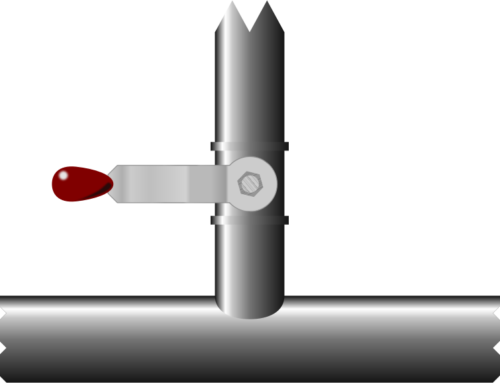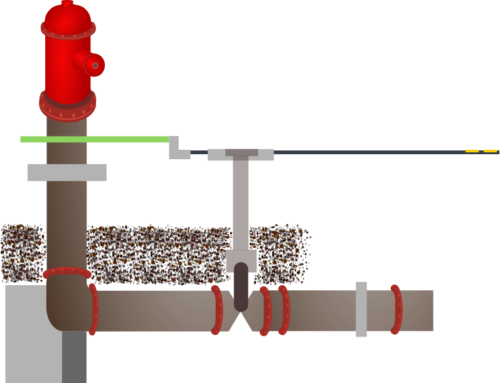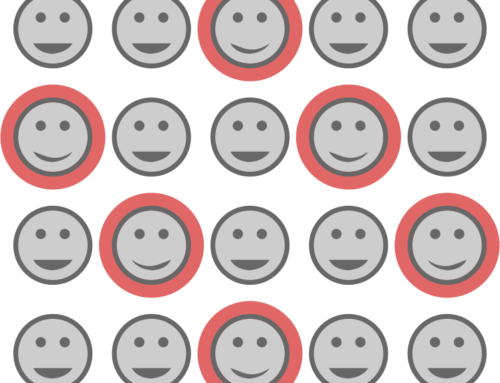 In this series of newsletters, we concentrate on data modelling in general and discuss relational databases when we need to consider specific applications. In general, we do not consider the so-called “NoSQL” databases. Relational database management systems lend themselves to the use of fixed schemas and also provide easy type checking.
In this series of newsletters, we concentrate on data modelling in general and discuss relational databases when we need to consider specific applications. In general, we do not consider the so-called “NoSQL” databases. Relational database management systems lend themselves to the use of fixed schemas and also provide easy type checking.
However, within relational databases, there are still various options available, and the database systems supplied by different providers are appropriate for different types of applications.
Many different criteria can affect our choice of RDBMS. Here are some questions to think about:
- Which operating system must we use? Some software will not run on a very wide range of operating systems. If we can choose our operating system, this will not affect us.
- Do we require a free licence? If we can afford to pay for a licence, how much can we afford or how much are we willing to pay?
- Must we use open source software? Some projects require the use of open source software while others may require the use of proprietary software. Some RDBMS software is open source, however, the majority of the most powerful and best performing RDBMS software is not open source.
- How many concurrent users must be supported?
- What level of concurrency is required?
- What auditing is required?
- Do we need to store spatial data or other special data types?
- Do we need to store very large amounts of data? All databases will have some limits, but the most popular databases will satisfy all but the most demanding of applications.
- What level of database administration can be provided? Database administration can be a complex task and the complexity and skill level required varies between RDBMS’s and the particular application.
If you need further information of this sort, see the Wikipedia article “Comparison of relational database management systems”.




Leave A Comment